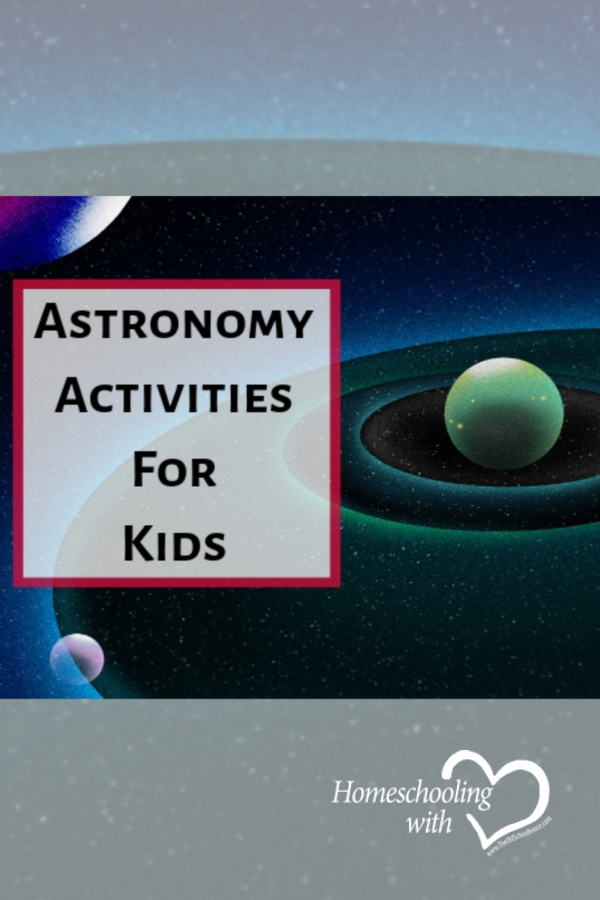Astronomy Activities for Kids


It’s time to get your kids excited about astronomy! Learning about science can be a difficult task. But if your kids are having fun at the same time as they are learning, it can make it easier! In honor of Space Day, here are some activities that are designed to help students around the fourth-grade-level learn about aspects of astronomy. These activities could also be adapted for other age levels.
Venus Topography Box
The surface of the planet Venus is completely obscured by clouds, yet astronomers have a very good idea of what the surface looks like. This activity helps kids get an idea of how that happens. First, take a shoe box and use modeling clay to form some sort of irregularly-shaped surface on the bottom of the box. Include things like mountains, ridges, and valleys. Punch holes in the box cover and put it on. Take a stick of some sort (pencil, Popsicle stick, etc.) that has regularly spaced markings on it and poke it through the holes, measuring how many markings stick out in different spots. The kids will be able to tell where the topography is higher or lower, even though they can’t see the ground, just like on Venus.
Meteorite Craters
This activity is fun, but messy. Be sure to cover the floor with trash bags or blankets first. Take a baking pan and fill it with an inch or so of flour. Put a thin layer of cocoa powder on top of the flour, just enough to obscure the flour. When a rock is dropped into the pan, the cocoa powder will be packed at the bottom of the crater, with the flour forming a spray pattern on top of the cocoa powder layer. This shows very well how the ejecta from meteorite impacts comes from the underneath layers rather than the top.
This same setup can be used for other experiments as, well. One takes three different-sized rocks, and drops them from the same height, measuring the width of the craters each time to determine how the size of the meteorite affects the size of the crater. A similar experiment would be to drop the same rock from three different heights, to see how effective meteorite speed is on crater size.

Planet Scales
To give kids an idea of how big the Earth and Moon are in comparison to each other, draw a circle 16 inches in diameter on a piece of paper or a chalkboard to represent the Earth. Then have the students draw how big they think the Moon would be on that scale (the proper size would be a circle four inches in diameter). Kids often have widely varying ideas of the relative sizes of the Earth and Moon.
In a similar vein, draw a circle of any size to represent the Earth, and have the students guess the relative sizes of the Sun and other planets. Use a planet scale generator to determine the sizes of all major Solar System bodies relative to any sized Earth.
Fun With Astronomy
Astronomy is an area of science that tends to appeal to extremely wide audiences, both young and old. For younger students, it can be used as a jumping off point to talk about anything from mathematics to social studies and cultural history, depending on what aspects that you choose to explore. Getting kids interested in astronomy, using fun activities like these, is a great way to inspire young learners!
Kimberly is a wife, homeschooling mom of 3, Pinterest maven, online entrepreneur, and blogger at Mom In The GO Lane. You can usually find her sipping on a hot (or cold) cup of Chai Latte and snuggling with her creating balance in the home with purpose and grace. Learn more about Kimberly on her blog Mom In The GO Lane. Two bunnies. She’s passionate about encouraging stay at home moms to pursue their dreams while.













































